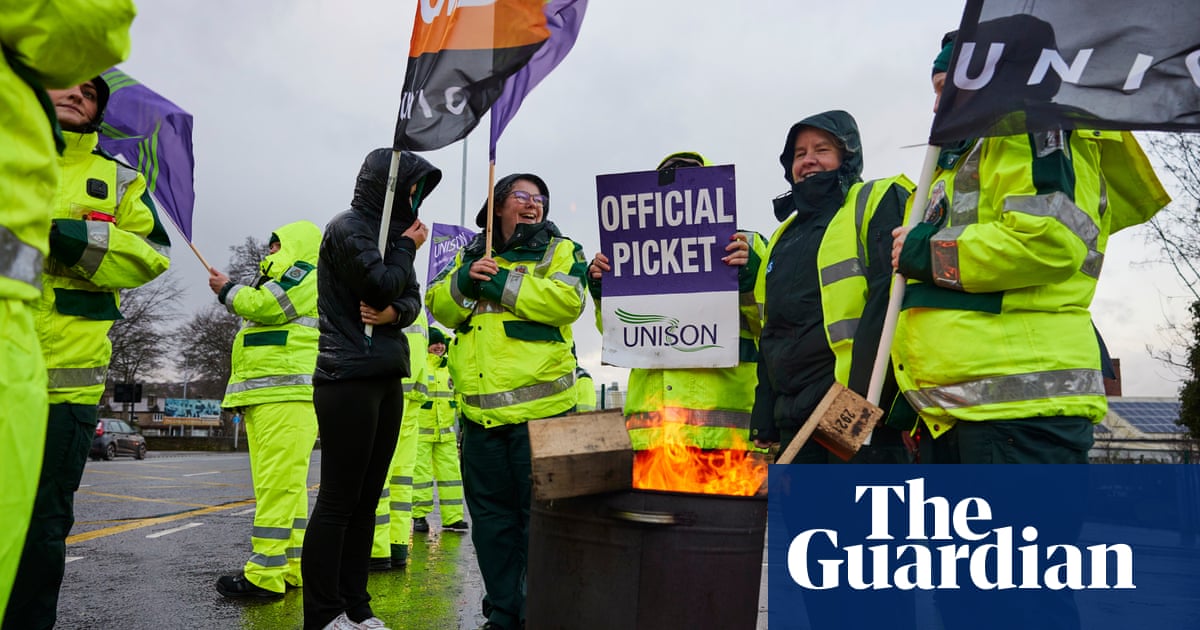
Across the US, restaurant owners reporting problems in finding employees have fueled pushes among Republican-led states and business industry groups to end federal extended unemployment benefits.
The justification, they say, is that these pandemic era benefits are preventing workers from returning to work, despite some research indicating childcare and health and safety are bigger factors in these decisions.
And amid the scramble for workers as businesses increasingly reopen, is another approach to circumventing these hiring hurdles: what if restaurants paid better wages and provided stronger benefits? Some employers in the restaurant and food service industry are managing to do exactly that.
An ice cream parlor in Pittsburgh, Klavon’s Ice Cream, raised its wages to $15 an hour and filled all 15 open positions immediately without raising prices, and that raising the wages also boosted morale and expanded their customer base.
Amanda Cohen, the owner and chef of the award-winning restaurant Dirt Candy in New York City, eliminated tipping in 2015, instead adding a 20% surcharge on all checks for service. She said the pandemic has exposed structural issues in the restaurant industry that rendered inadequate even the changes she previously made.
“Over the course of the year, I reevaluated the business and realized that we have to start paying our employees more, and we have started offering them more,” said Cohen. “Even before there were rumblings of a huge labor shortage, my goal had always been to change the Dirt Candy house model, to offer my employees a much better living wage, I have been offering them benefits, and offering them sort of all the extras and perks that you would get in a more standard office, like paid days off and more sick days than the ones that are regulated by the government.”
Cohen said most of her employees received raises between $8 and $10 an hour, and they had no problem finding workers as restaurants began reopening this spring. Though she did raise prices, she encouraged other restaurants to follow suit as cutting into the profits of the business will pay off with a more stable workforce, rather than just offering one-time bonuses.
She noted even before the pandemic, the restaurant and hospitality industries were experiencing labor shortages, and the pandemic likely contributed to workers leaving the industry. “The only way to attract, not necessarily the people who left the industry, but newcomers to the industry, is we have to change the industry,” added Cohen. “We have to pay more, we have to make this a viable profession.”
&Pizza, a pizza chain in six states and Washington DC, raised wages at the start of the pandemic and expanded benefits such as providing Election Day as a paid day off. Owner Michael Lastoria said the chain has opened 11 new locations through the pandemic, and had no trouble in hiring new workers at the chain’s starting wages beginning at $16 an hour.
“Higher wages lead to greater consumer spending and greater workforce productivity, things every company benefits from. Not to mention raising wages is the single clearest way to say to our workforce, ‘we value you’,” said Lastoria. “The pandemic highlighted issues that have been problems in the industry for decades, minimum wages, lack of benefits, dangerous working conditions, the cyclical nature of laying off and rehiring staff when it’s convenient for employers’ balance sheets. These problems are not new, but we need new solutions because clearly the status quo is not working.”
Doing more
Tim Taney, the owner of Slidin Dirty in Troy, New York, had to lay off employees during the pandemic and initially struggled in finding enough workers to reopen to full capacity this spring. He came to the realization that he needed to do more for his workers, and decided to offer benefits such as healthcare, retirement benefits, sick pay, vacation pay, higher wages, and a local YMCA membership, citing the erratic hours and hard work involved in the restaurant industry and the widespread lack of benefits for workers.
“As an industry, we need to do better, and if nothing else, this pandemic really kind of taught us how to make things work,” said Taney. “As an industry, we got PPP loans and restaurant revitalization grant money off the backs of these employees, and now, many of us are expecting them to come running back for the same lousy hours, poor working conditions and lack of benefits. … We have to recognize that we do have some of the hardest working people in the workforce, and they deserve to be treated that way.”
Low-wage, low-hour workers were among the hardest hit during the pandemic, as 80% of job losses were among the lowest quarter of wage earners in the US, with leisure and hospitality sector the hardest hit and currently the industry facing the largest job shortfall, with 3.5m fewer jobs in February compared with the same month last year, according to an analysis by the Economic Policy Institute.
Workers in the restaurant and service industries have expressed their struggles throughout the pandemic and pointed to industry-wide obstacles as driving factors for labor shortages, such as low wages, lack of benefits, erratic scheduling, aggressive customers through the pandemic, and lack of childcare availability. Throughout the pandemic, workers in food service have led calls for a $15 federal minimum wage and for higher wages in general in the form of hazard pay raises being made permanent.
Jennifer Estrada had worked as a server for more than 20 years in Davenport, Iowa. She returned to work in June last year after the initial pandemic shutdowns in spring, and said the restaurant where she was working was not fully following coronavirus safety guidelines.
“I made a huge stink about them not following guidelines, so when they finally did shut down for sanitation, they never let me come back and I had been there two years,” said Estrada. “I was expendable to them.”
She tested positive for coronavirus while working, her daughter had to quarantine due to exposure at school and her parents also contracted the virus. It took two months for Estrada to finally start receiving unemployment benefits, and in the meantime she was evicted and briefly homeless in November. Now she is one of millions of workers in the US relying on unemployment who will lose some or all of their benefits because they live in one of the 24 states scheduled to begin cancelling federal unemployment benefits this month.
“There has to be pay raises and benefits for everyone. Make people want to go back to work, don’t force them back to a place that doesn’t care about us, our well being, our health or our happiness,” added Estrada. “Pay us our worth.”












